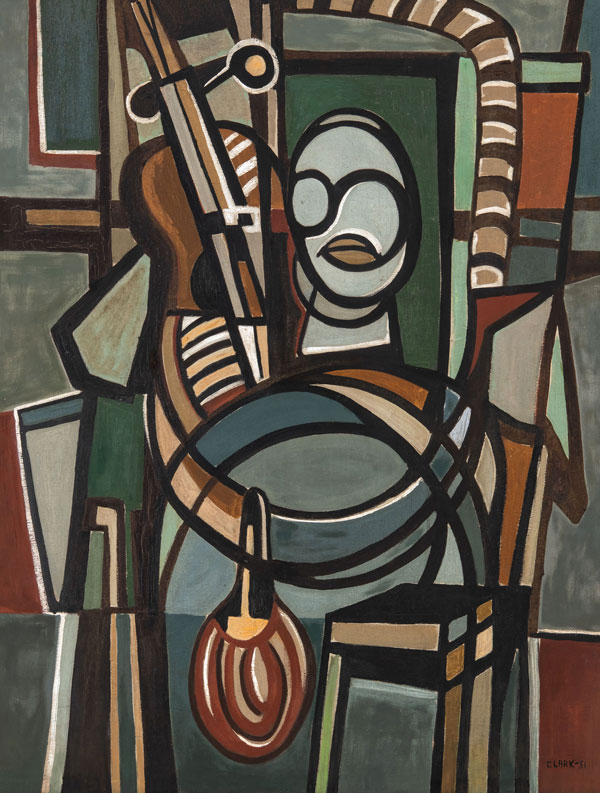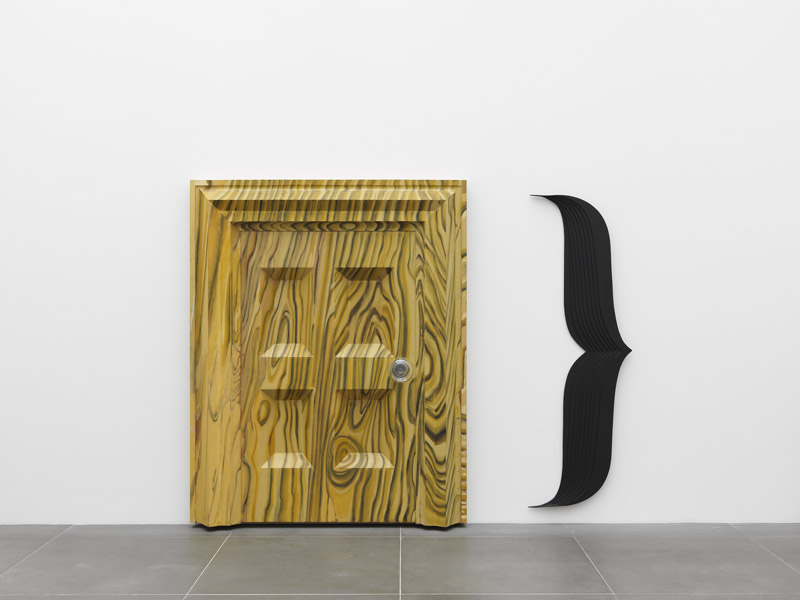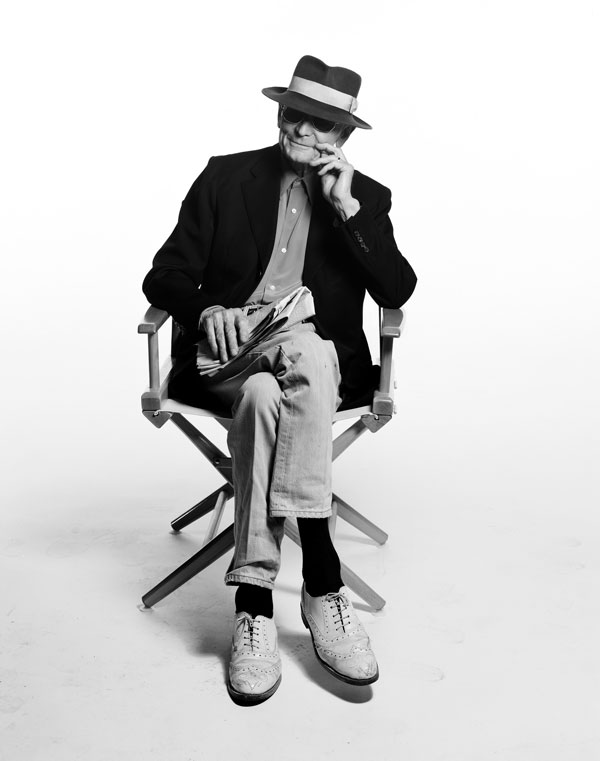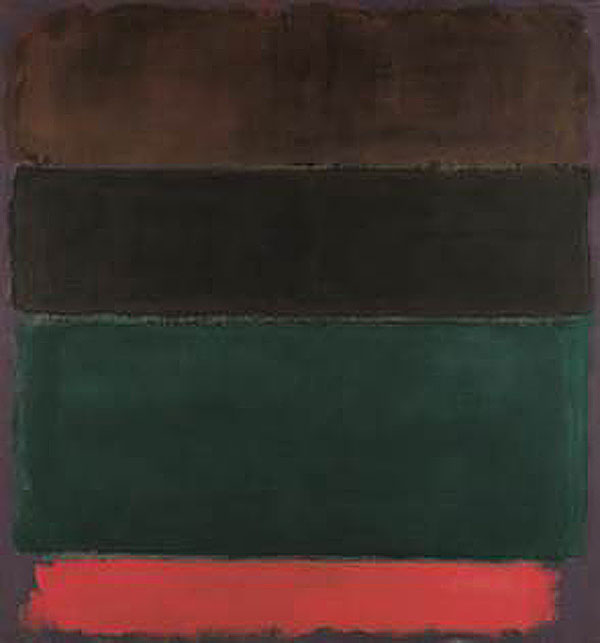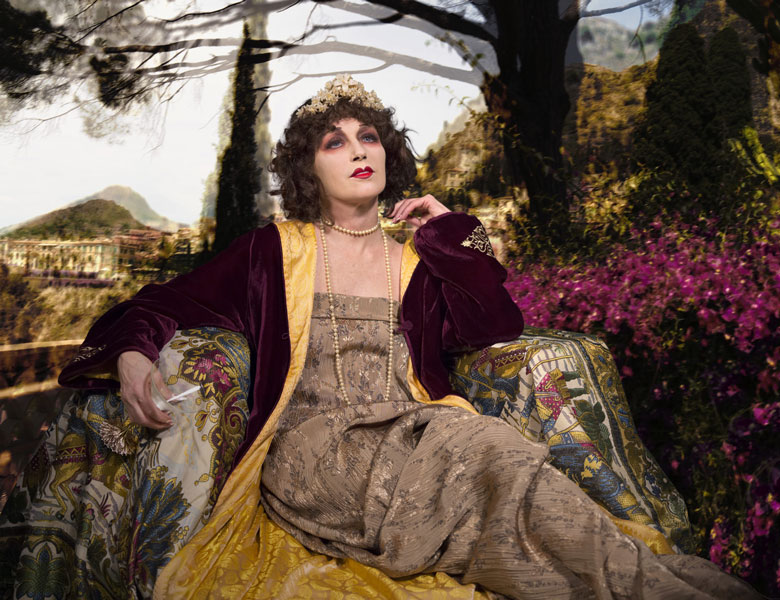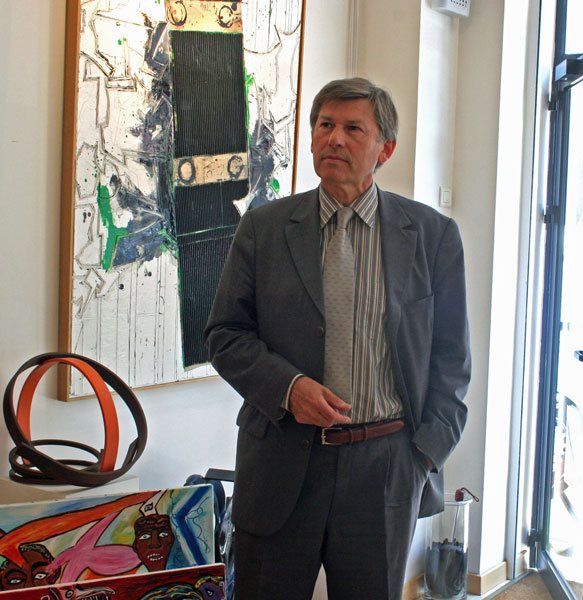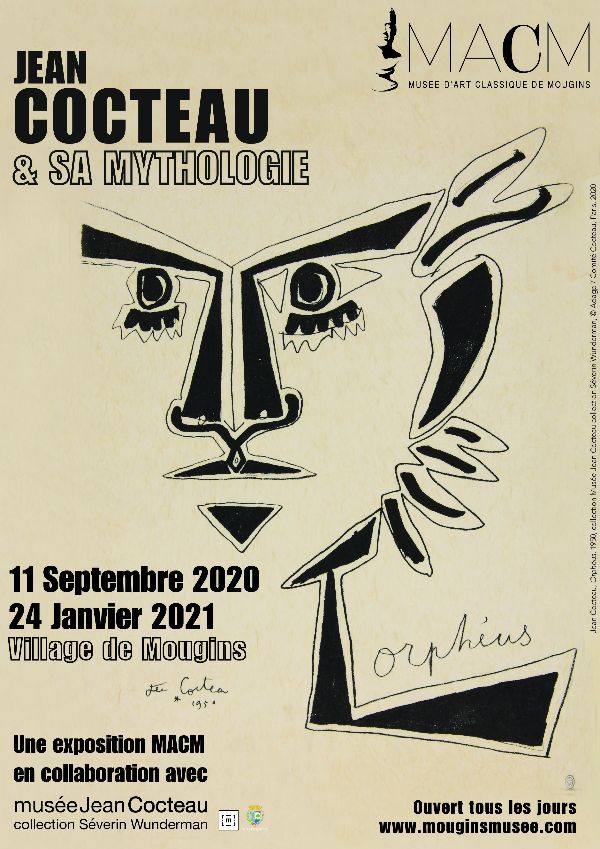 |
| Musée d'Art Classique de Mougins 5 rue des Muriers 06250 MOUGINS - France 11 septembre 2020 - 24 janvier 2021 The Musée d'Art Classique de Mougins welcomes within its walls the man who was once known as one of the most fashionable figures in Paris, an aesthete, a Dandy & above all a great artist with multiple talents: a painter, a draftsman, a filmmaker, a choreographer, a playwright, a poet... Jean Cocteau ! |
Ventes aux enchères
Gérard Fromanger Musée des Beaux Arts Caen
Dialogues with Picasso. Collection 2020-2023 MUSEO PICASSO MÁLAGA
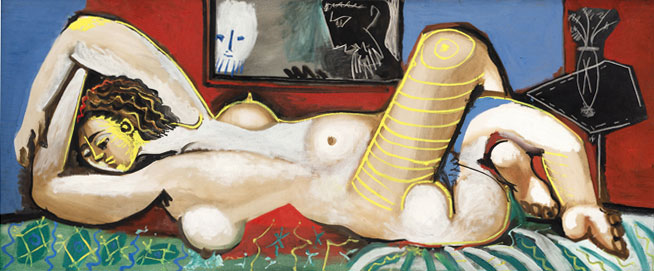 |
| Pablo Picasso (1881-1973). Susanna and the Elders. Nice, summer 1955. Fundación Almine y Bernard Ruiz-Picasso para el Arte, Madrid. On temporary loan to the Museo Picasso Málaga © FABA photo: Hugard & Vanoverschelde Photography © Sucesión Pablo Picasso, VEGAP, Madrid, 2020 |
|
MUSEO PICASSO MÁLAGA https://www.museopicassomalaga.org/en By periodically refreshing, and thus revising, its permanent collection, Museo Picasso Málaga is in a way following in the footsteps of Picasso himself, who innovated constantly with his art throughout his life. With its thematic and chronological layout, this new exhibition narrative in the Palacio de Buenavista will enable visitors to acquire a deeper knowledge of Pablo Picasso’s artistic career by grouping his works together in a way that helps them to understand his artistic processes. This is the sixth transformation of the exhibition rooms of the Palacio de Buenavista since the museum first opened in 2003, thanks to the negotiations that took place to ratify the agreement between the Consejería de Cultura y Patrimonio de la Junta de Andalucía and Fundación Almine y Bernard Ruiz-Picasso para el Arte (FABA), which has been renewed for three more years, during which time a total of 162 works by Picasso will be added to the 233 works MPM holds in its own collection. The new layout of the exhibition rooms owes its unique features to an innovative scenographic layout in the museum spaces. There are 44 paintings, 49 drawings, 40 graphic works, 10 sculptures, 17 ceramics, 1 tapestry and 1 linocut plate. With the 233 works belonging to Museo Picasso Málaga and these 162 from Fundación Almine y Bernard Ruiz-Picasso para el Arte (FABA), the collection will hold almost four hundred works by Pablo Picasso, dating from between 1894 and 1972, of which 120 will be on display in the Palacio de Buenavista. These works build a story that begins with Picasso’s formative years and continues through the most representative periods of the artist’s career. |
MOMA ANNOUNCES THE FIRST US RETROSPECTIVE IN 40 YEARS DEDICATED TO MULTIFACETED ABSTRACT ARTIST SOPHIE TAEUBER-ARP
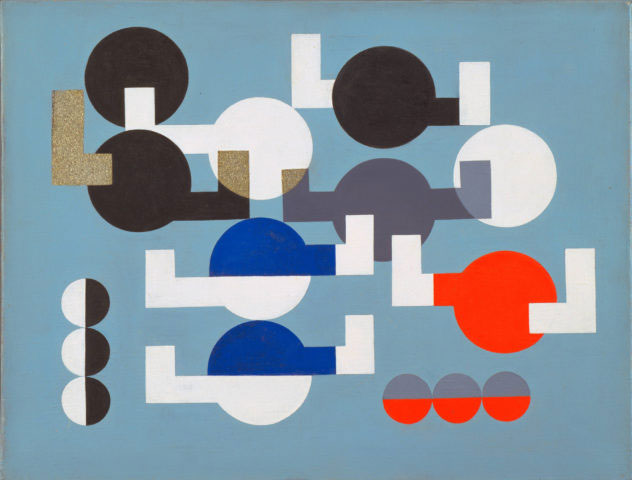 |
| Sophie Taeuber-Arp. Composition of Circles and Overlapping Angles. 1930. Oil on canvas. 19 ½ x 25 ¾” (49.5 x 64.1 cm). The Museum of Modern Art, New York. The Riklis Collection of McCrory Corporation. Photo: The Museum of Modern Art, Department of Imaging and Visual Resources. © 2019 Artists Rights Society (ARS), New York / VG Bild-Kunst, Bonn |
|
Bringing Together Some 400 Works, the Exhibition Will Open at The Museum of Modern Art, New York, with Subsequent Presentations by Kunstmuseum Basel and Tate Modern, London NEW YORK, The Museum of Modern Art announces Sophie Taeuber- Arp: Living Abstraction, the first major US exhibition in nearly 40 years to survey this multifaceted abstract artist’s |
Ben Vautier L'art est un virus Fondation Linda et Guy Pieters Saint Tropez
 |
|
L'ART EST UN VIRUS - Exposition Ben Vautier du 4 juin - 11 octobre 2020 Fondation Linda et Guy Pieters Ben, de son vrai nom Benjamin Vautier, est un artiste français d’origine suisse, né le 18 juillet 1935, à Naples (Italie), de mère irlandaise et occitane, et de père suisse francophone. Il est le petit-fils de Marc Louis Benjamin Vautier, peintre suisse du XIXe siècle. Il vit ses cinq premières années à Naples. Après la déclaration de guerre, en 1939, Ben et sa mère vont multiplier les voyages : Suisse, Turquie, Égypte, Italie…, pour enfin s’installer à Nice en 1949. Il étudie à l’école du Parc-Impérial et à la pension du collège Stanislas. Sa mère lui trouve un travail à la librairie Le Nain bleu en tant que garçon de course, puis lui achète une librairie-papeterie. À la fin des années 1950, il la vend pour ouvrir une petite boutique, dont il transforme la façade en accumulant quantité d’objets et dans laquelle il vend des disques d’occasion. Rapidement, sa boutique devient un lieu de rencontres et d’expositions où se retrouvent les principaux membres de ce qui deviendra l’école de Nice : César, Arman, Martial Raysse, etc. Proche d’Yves Klein et séduit par le Nouveau Réalisme, il est convaincu que « l’art doit être nouveau et apporter un choc ». |
Kandinsky Museo Guggenheim Bilbao
|
Kandinsky Museo Guggenheim Bilbao As a pioneer of abstraction and a renowned aesthetic theorist, Vasily Kandinsky (b. 1866, Moscow; d. 1944, Neuilly-sur-Seine, France) is among the foremost artistic innovators of the early twentieth century. He endeavored to free painting from its ties to the natural world, and in so doing he discovered a new subject matter based solely on the artist’s “inner necessity” that would occupy him throughout his life. Drawn primarily from the Solomon R. Guggenheim Foundation’s rich holdings, this comprehensive exhibition of paintings and works on paper traces Kandinsky’s aesthetic evolution and spans his entire oeuvre. After settling in Bavaria in 1908, Kandinsky helped found the Munich-based group Der Blaue Reiter (The Blue Rider), a loose association of artists united around a common interest in the expressive potential of color and the symbolic—often spiritual—resonance of forms. Following a period of great productivity, Kandinsky was forced to leave Germany with the outbreak of World War I and ultimately returned to his native Moscow. There, his pictorial vocabulary began to reflect the utopian experiments of the Russian avant-garde, including emphasizing geometric shapes in an effort to establish a universal aesthetic language. After the war, Kandinsky began teaching at the Bauhaus, a German school of art and applied design that shared his belief in art’s ability to transform self and society. Kandinsky was nonetheless forced to abandon Germany a second time when the Bauhaus was closed under pressure from the Nazis in 1933. He and his wife, Nina, settled in a suburb of Paris, where Kandinsky increasingly experimented with materials, creating imaginative works in which he combined sand with pigment. His compositions from this last chapter resemble miniscule worlds of living organisms, clearly informed by his contact with Surrealism, and an interest in natural sciences, particularly botany, embryology, and zoology. |
Vasily Kandinsky Black Lines (Schwarze Linien), December 1913 Oil on canvas 129.4 x 131.1 cm Solomon R. Guggenheim Museum, New York Solomon R. Guggenheim Foundation Collection, By gift © Vasily Kandinsky, VEGAP, Bilbao 2020 |
Edward Hopper Voir le silence Fondation Beyeler
|
La Fondation Beyeler rouvre ses portes le lundi 11 mai 2020. Les expositions «Edward Hopper» et «Voir le silence – Images de quiétude» sont prolongées jusqu'au 26 juillet, l'exposition «Goya» est reportée. À partir du lundi 11 mai, la Fondation Beyeler sera à nouveau ouverte tous les jours. Les visiteurs pourront y retrouver l'exposition consacrée au grand artiste américain Edward Hopper ainsi que la présentation de la collection «Voir le silence – Images de quiétude». Avec la crise du coronavirus, les deux expositions ont soudainement et dramatiquement gagné en actualité. En raison de l'intérêt du public, elles sont prolongées jusqu'au 26 juillet 2020. Les billets peuvent être réservés en ligne à partir du jeudi 7 mai sur www.fondationbeyeler.ch . La Fondation Beyeler a élaboré un plan de protection complet pour ses visiteurs et ses collaborateurs afin de mettre en œuvre de manière optimale les mesures de l'ordonnance COVID-19 de la Confédération. Ainsi, le nombre de visiteurs sera limité au moyen de billets en ligne à créneau horaire déterminé et la circulation des visiteurs dans le parc et dans le musée est réaménagée, avec des points distincts d'entrée et de sortie. Tous les événements sont annulés jusqu'à nouvel ordre, Les visites guidées se tiendront sous forme réduite en dehors des horaires d'ouverture. La grande exposition «Goya», dont l'ouverture était prévue le 15 mai, est reportée. Une nouvelle date sera communiquée en juin.
|
Edward Hopper, Cape Cod Morning, 1950, huile sur toile, 86,7 x 102,3 cm, Smithsonian American Art Museum, Gift of the Sara Roby Foundation; © Heirs of Josephine Hopper / 2019, ProLitteris, Zurich; Photo: Smithsonian American Art Museum, Gene Young |
LES PIONNIERS Fondation Manuel Rivera-Ortiz
|
Cet été à la Fondation Manuel Rivera-Ortiz, nous vous invitons à faire un pas de côté, à changer de point de vue. Nous vous invitons à vous poser la question avec nous : s'il n'y a plus de Terra Incognita ni de « grands explorateurs » ... qui sont les réels Pionniers aujourd'hui ? Les êtres humains ont parcellisé, surveillé, exploité les espaces terrestres, aériens, maritimes. Exit les Terra Incognita, les cartes sont pleines... il est temps de les rebattre ! Nous voulons donner la voix à des hommes et des femmes assez lucides pour penser en dehors des limites que nos sociétés ont globalement établies sur des considérations anthropocentriques, anthropométriques, mécaniques, puis numériques. Nous voulons faire entrer en résonance des photographes, vidéastes, designers sonores, des activistes, des individus, des citoyens qui s'engagent pour améliorer nos vies et notre rapport à notre environnement par l'augmentation de notre savoir et l'élargissement de nos univers individuels. « Ce qui m'intéresse ce n'est pas le bonheur de tous les hommes, c'est celui de chacun. » – Boris Vian Les 11 expositions que nous vous présentons invitent à questionner nos limites tant physiques que mentales ou spirituelles à travers les travaux de Mathias Benguigui et Agathe Kalfas, Yves Billon, Aline Deschamps, Alberto Giuliani, Yao Jui-Chung et Sandy Lo, Sylvie Léget, Andréa Mantovani, Pablo Ernesto Piovano, Ernest Randriarimalala et Saraya Cortaville, Niina Vatanen et les archives de Boris Vian.
|
 |
THE MENIL COLLECTION PRESENTS PHOTOGRAPHY AND THE SURREAL IMAGINATION
|
THE MENIL COLLECTION PRESENTS PHOTOGRAPHY AND THE SURREAL IMAGINATION Events During Houston’s FotoFest Biennial 2020 Include Talks by Artist Allison Janae HOUSTON, TEXAS, February 24, 2020 – Drawn from the Menil Collection’s renowned holdings of Surrealist art and from extraordinary loans from Houston collections, the exhibition Photography and the Surreal Imagination is on view at the Menil Collection now through June 14, 2020. Tirée des collections renommées d’art surréaliste de la collection Menil et des prêts extraordinaires des collections de Houston, l’exposition Photography and the Surreal Imagination est à l’affiche à la collection Menil jusqu’au 14 juin 2020. Présentant 62 œuvres qui couvrent les années de l’éruption du surréalisme dans des années 1920 à nos jours, l’exposition révèle comment les photographes pendant et après le mouvement surréaliste ont exploré et déformé la forme humaine, manipulé la surface photographique et utilisé l’appareil photo pour transformer le familier en inquiétant. La tension inhérente à la photographie entre documentation et invention émerge dans l’exposition comme la force génératrice qui a rendu ce médium si productif pour les artistes travaillant dans le sillage du surréalisme. |
George Platt Lynes, Untitled, 1941. Gelatin silver print, |
Robert Doisneau Palazzo Pallavicini - Bologne
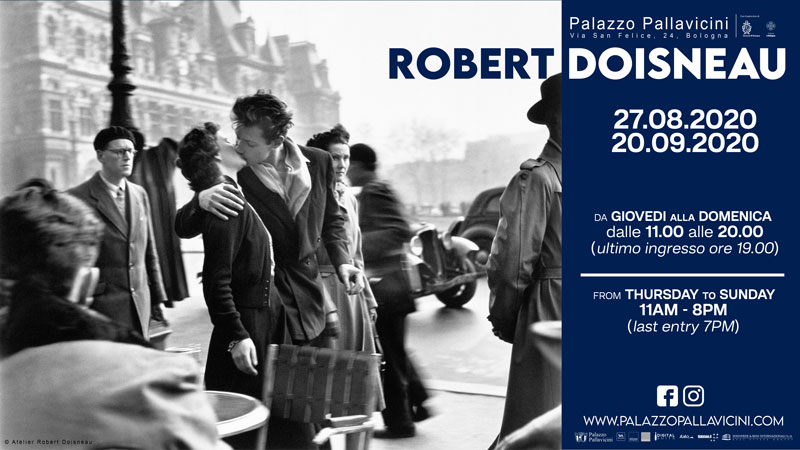 |
|
ROBERT DOISNEAU La street photography dell’artista parigino dal 27 agosto al 20 settembre 2020 a Bologna Palazzo Pallavicini è lieto di annunciare un'ulteriore proroga della mostra ROBERT DOISNEAU che resterà aperta fino al 20 settembre 2020. Dopo la pausa estiva dal 10 al 26 agosto, ritorneranno i consueti appuntamenti con Palazzo Pallavicini a orario continuato dalle 11.00 alle 20.00, dal giovedì alla domenica: un'occasione da non perdere per tutti gli appassionati e i curiosi che non hanno avuto l'occasione di scoprire gli scatti del padre della fotografia umanista e per tutti i visitatori che desiderano ripetere l’esperienza. LA MOSTRA - L’esposizione dedicata al grande fotografo parigino Robert Doisneau celebre per il suo approccio poetico alla street photography autore di Le baiser de l'hôtel de ville, una delle immagini più famose della storia della fotografia del secondo dopoguerra, è curata dall’Atelier Robert Doisneau (Montrouge, Fr) ed è organizzata da Pallavicini s.r.l. di Chiara Campagnoli, Deborah Petroni e Rubens Fogacci in collaborazione con diChroma photography. L’ampia retrospettiva è il risultato di un ambizioso progetto del 1986 di Francine Deroudille e della sorella Annette Doisneau che hanno selezionato, da 450mila negativi prodotti in oltre 60 anni di attività del padre, le 143 immagini della mostra che ci raccontano l’appassionante storia autobiografica dell’artista. I sobborghi grigi delle periferie parigine, le fabbriche, i piccoli negozi, i bambini solitari o ribelli, la guerra dalla parte della Resistenza, il popolo parigino al lavoro o in festa, gli scorci nella campagna francese, gli incontri con artisti e le celebrità dell’epoca, il mondo della moda e i personaggi eccentrici incontrati nei caffè parigini, sono i protagonisti del racconto fotografico di un mondo che “non ha nulla a che fare con la realtà, ma è infinitamente più interessante”. Doisneau non cattura la vita così come si presenta, ma come vuole che sia. Di natura ribelle, il suo lavoro è intriso di momenti di disobbedienza e di rifiuto per le regole stabilite, di immagini giocose e ironiche giustapposizioni di elementi tradizionali e anticonformisti. Influenzato dall'opera di André Kertész, Eugène Atget e Henri Cartier-Bresson, Doisneau conferisce importanza e dignità alla cultura di strada, con una particolare attenzione per i bambini, di cui coglie momenti di libertà e di gioco fuori dal controllo dei genitori, trasmettendoci una visione affascinante della fragilità umana. Le meraviglie della vita quotidiana sono così eccitanti; nessun regista può ricreare l'inaspettato che trovi per strada. Robert Doisneau. L'EXPOSITION - |
Le Mucem un Musée pour la méditerranée
|
À Marseille, le Mucem s’affirme comme le grand musée consacré à la Méditerranée. La singularité du Mucem est de retracer, d’analyser et d’éclairer, dans un même élan et un même lieu, les antiques fondations de ce bassin de civilisation, et les tensions qui le traversent jusqu’à l’époque contemporaine. D’être un lieu d’échange autour des enjeux méditerranéens. Dans ses expositions comme dans sa programmation culturelle, il propose une vision pluridisciplinaire où se conjuguent anthropologie, histoire, archéologie, histoire de l’art et art contemporain, afin de montrer au public les diverses facettes du monde méditerranéen et de son dialogue permanent avec l’Europe. Ses racines Premier musée consacré aux cultures de la Méditerranée, le Mucem est un musée inédit. Né de la métamorphose d’un grand musée de société - le Musée des arts et traditions populaires créé en 1937 à Paris, il représente le premier véritable transfert d’un musée national en région. Ouvert à Marseille en juin 2013, le Musée des civilisations de l’Europe et de la Méditerranée (Mucem) est entré dès l’année suivante dans le cercle des 50 musées les plus visités du monde. Le Mucem se déploie sur trois sites. Côté mer, à l’entrée du Vieux-Port, le bâtiment J4 (l’emblématique geste architectural de Rudy Ricciotti et Roland Carta), et le fort Saint-Jean (monument historique entièrement restauré) incarnent parfaitement, avec leurs deux passerelles, le projet d’établir un trait d’union entre les deux rives de la Méditerranée. Ils accueillent les grandes expositions et les rendez-vous de la programmation artistique et culturelle. Côté ville, dans le quartier de la Belle de Mai, le Centre de conservation et de ressources (CCR) abrite les collections du musée. Cet ensemble unique permet au Mucem de démultiplier ses propositions culturelles. |
Mucem 2019 © Photo Cyrille Weiner Mucem |
The Metropolitan Museum presents Gerhard Richter
|
Exhibition Spanning Gerhard Richter’s Prolific Six Decade Career to Open at The Met Breuer Exhibition Dates: March 4–July 5, 2020 The Met Breuer The Met will present a major loan exhibition devoted to the work of one of the most renowned artists of our time: Gerhard Richter (German, born Dresden 1932). On view at The Met Breuer from March 4 through July 5, 2020, Gerhard Richter: Painting After All will consider the entire span of the artist’s career through some 100 works including paintings, glass sculptures, prints, and photographs. Conceived in close collaboration with the artist, the exhibition will reveal Richter’s six decade-long preoccupation with the dual means of representation and abstraction, and his continual exploration of the material, conceptual, and historical implications of painting. This will be the first major U.S. survey on the artist in nearly 20 years. The exhibition is made possible by the Barrie A. and Deedee Wigmore Foundation. Corporate sponsorship is provided by Morgan Stanley. Major support is provided by David S. Winter and the Modern and Additional funding is provided by Angela A. Chao and Jim Breyer, |
 |
The Metropolitan Museum of Art video Gerhard Richter
|
|
|
Watch a video preview of Gerhard Richter: Painting After All, on view at The Met Breuer from March 4 through July 5, 2020. The exhibition, which considers Richter's six-decade-long preoccupation with the dual means of representation and abstraction to explore the material, conceptual and historical implications of painting, spans the entirety of Richter's prolific and innovative career, and presents over one hundred works that focus on his specific commitment to the medium, as well as his related interests in photography, digital reproduction, and sculpture |
Christo and Jeanne-Claude Paris ! Centre Pompidou
|
Christo et Jeanne-Claude Paris ! - 01 Juillet - 19 Octobre 2020 The Centre Pompidou Gallery 2, Level 6 Christo & Jeanne-Claude, Paris!, a major exhibition from March 18 to June 15, 2020 in Gallery 2 of the Centre Pompidou, retraces artists Christo and Jeanne-Claude’s years in Paris together, from 1958 to 1964, and the story of The Pont-Neuf Wrapped, Paris, 1975-1985. This exhibition will also be a prelude to L’Arc de Triomphe, Wrapped (Project for Paris, Place de l’Étoile – Charles de Gaulle) which will be on view from September 19 to October 4, 2020 (see page 5). The seven years Christo lived in Paris were essential to the development of his work as an artist. Christo broke free from the boundaries of the painting, as he began wrapping everyday objects and creating temporary artworks in public spaces. He also began conceiving works of art in monumental dimension, envisioning numerous temporary projects for the city. |
Mur provisoire de tonneaux métalliques – |
Lygia Clark Museo Guggenheim Bilbao
|
Lygia Clark: Painting as an Experimental Field, 1948–1958 Museo Guggenheim Bilbao A pioneer in abstraction, Lygia Clark (b. 1920, Belo Horizonte, Brazil; d. 1988, Rio de Janeiro, Brazil) was a major artist of the second half of the twentieth century. Lygia Clark: Painting as an Experimental Field, 1948–1958 presents a reexamination of Clark’s crucial formative years from 1948 to 1958, when she was experimenting between figuration and abstraction to articulate the compelling visual language that defined her mature production. Along with a pertinent representation of her early figurative work, this exhibition assembles paintings from major series created during this early period to provide a fundamental overview of the first decade of Clark’s artistic career. Viewing painting as an “experimental field,” a phrase from a keynote lecture given by the artist in 1956, Clark sought to redefine the medium by pushing the boundaries of traditional painting. Dedicating herself to art without formal training, she embedded herself within the artistic milieu of Rio de Janeiro in the late 1940s and participated in seminal artistic movements, such as Concrete art and geometric abstraction, throughout the 1950s. This focused exhibition traces Clark’s artistic evolution in three structured historical sections: “The Early Years, 1948–1952;” “Geometric Abstraction, 1953–1956;” and “Variation of Form: Modulating Space, 1957–1958.” Each chapter addresses Clark’s most significant ideas and provides an in-depth representation of her artistic development through a concise selection of works. This presentation of Lygia Clark’s early practice debuts on the centenary anniversary of the artist’s birth, bringing a renewed attention at an international level to a significant postwar Latin American female artist. The museum is thankful to the Lygia Clark Cultural Association, Rio de Janeiro, and the artist’s heirs for their tremendous support of the exhibition. Curator: Geaninne Gutiérrez-Guimarães |
Lygia Clark |
Richard Artschwager The Guggenheim Museum Bilbao
|
Dates: 29 February – 10 May, 2020 Museo Guggenheim Bilbao Halfway between painting and sculpture, Artschwager develops a unique language using the new domestic materials of his time, always working toward the fusion of figuration and abstraction, artistic innovation and design, and ironically seeks to combine the functional and the useless. Designed as an open labyrinth, the exhibition features a comprehensive selection of paintings and sculptures dating from the early 1960s to the first decade of this century. Artschwager represents places, scenes from everyday life, and common objects such as tables, chairs, and dressers, interpreting them in ordinary, standardized industrial materials such as Formica, Celotex, acrylic paint, and rubberized horsehair. Artschwager’s work continually questions appearance and essence, offering us a delicate and realistic, humorous yet monumental interpretation of the world. |
Richard Artschwager Door } , 1983-84 |
JACQUES MONORY FONDATION MAEGHT SAINT PAUL DE VENCE
|
La Fondation Marguerite et Aimé Maeght rouvre au public le 1er juillet 2020. Les conditions nécessaires pour recevoir les visiteurs en toute sécurité seront mises en place. L’exposition consacrée à Jacques Monory, initialement prévue du 28 mars au 14 juin, sera présentée au public durant l’été et jusqu’au 22 novembre 2020. La Fondation Maeght a choisi de repenser sa programmation, en présentant cette exposition qui devait ouvrir ses portes au printemps. Cette exposition sera accompagnée d’un choix d’œuvres de la collection de la Fondation Maeght. L’exposition Les Giacometti : une famille de créateurs est reportée à l’été 2021. Première exposition monographique de Jacques Monory depuis sa disparition en 2018, l’exposition proposée par la Fondation Maeght retrace soixante ans de carrière et revisite l’œuvre d’un artiste majeur de la Figuration Narrative constamment tendu par la modernité et la singularité de ce bleu qui l’a rendu célèbre. Cette exposition propose un parcours non chronologique tentant de faire jouer à plein, d’une salle à une autre, les échos et les écarts de cette œuvre singulière. Forte d’une collection de 13 000 œuvres, la Fondation Maeght propose également cet été une sélection de quelques œuvres majeures de sa collection pour permettre au public de retrouver les artistes tels que Joan Miró, Alberto Giacometti, Alexander Calder, Marc Chagall, Pierre Bonnard, Fernand Léger, … JACQUES MONORY Commissaire invitée : Laurence d’Ist, historienne de l’art, auteure et commissaire d’expositions. Simply entitled “Jacques Monory”, the exhibition presents sixty years of his career and revisits the work of this major Figuration Narrative artist, in constant tension between modernity and the singularity of the blue that made him famous. Intitulée simplement « Jacques Monory », l’exposition présente soixante ans de carrière et revisite l’oeuvre de cette figure majeure de la Figuration narrative, constamment tendu par la modernité et par la singularité de ce bleu qui l’a rendu célèbre. Out of all the Figuration Narrative painters, Monory was no doubt the only one to be fully narrative. Sometimes hyperrealist, the enigmatic scenes that he painted and juxtaposed to form a sort of haunted diary of a painter who questioned the world’s reality every day. The blue that made him famous, whether monochrome or with other colors De tous les peintres dits de la Figuration narrative, Monory aura sans doute été le seul à être pleinement narratif. Parfois hyperréalistes, les scènes énigmatiques qu’il peint et qu’il juxtapose forment comme le journal de bord hanté d’un peintre qui chaque jour s’interroge sur la réalité du monde. Le bleu qui l’a rendu célèbre, qu’il soit monochrome, |
Portrait de Jacques Monory |
Voir le silence - Images de quiétude à la Fondation Beyeler
|
Fondation Beyeler, Beyeler Museum AG, Baselstrasse 77, CH-4125 Riehen Du 13 février au 19 avril 2020 La modernité en tant qu'ère du progrès technique se caractérise surtout par le mouvement et la vitesse, qui ont aussi trouvé des manifestations multiples dans le domaine de l'art. En parallèle s'est développé un désir croissant de décélération, qui s'exprime dans des images toujours nouvelles de calme et de quiétude. Par les temps d'accélération toujours plus poussée comme les nôtres, le besoin d'apaisement et de détente semble particulièrement fort. L'actuelle présentation de la collection de la Fondation Beyeler se concentre ainsi sur des œuvres d'art moderne et contemporain qui ont pour thème le calme et la quiétude. Il est frappant de constater à quel point ces œuvres diffèrent de par leur esthétique, leur contenu, leur forme, leur choix de médium et de matériau. Le musée lui-même apparaît en tant que lieu potentiel de silence et de réflexion. Chaque salle de l'exposition est consacrée à un aspect spécifique de la notion de calme et de quiétude, invitant le spectateur à une contemplation silencieuse: le calme statique et physique, le calme idyllique de la nature, le calme céleste et le calme avant la tempête, le silence et le vide, l'équilibre de la composition, la nature morte, le calme intérieur, se taire, la solitude et la méditation, et enfin le sommeil et le repos éternel sont les motifs autour desquels s'articulent les différents chapitres de l'exposition. Ensemble, les œuvres exposées déploient toute la richesse de la thématique, principalement dans les médias de la peinture et de la sculpture. Il s'y reflète par ailleurs une caractéristique essentielle des œuvres d'Edward Hopper, auquel la Fondation Beyeler consacre au même moment une grande exposition. |
Mark Rothko, Untitled (Red-Brown, Black, Green, Red), 1962, |
Cindy Sherman à la Fondation Louis Vuitton
|
Fondation Louis Vuitton I. Une rétrospective (1975 – 2020) 1er avril – 31 août 2020 I. Une rétrospective (1975– 2020) Du 1er avril au 31 août 2020, la Fondation présente, sur plus de 1500 m2, la première exposition de Cindy Sherman en France depuis 14 ans : 170 oeuvres - de 1975 à 2020 - soit plus de 300 images articulées par séries parmi lesquelles, Untitled film stills, Rear Screen Projections, Fashion, History Portraits, Disasters, Headshots, Clowns, Society Portraits, Murals, Flappers et une nouvelle série présentant des figures masculines et des couples. Dans une scénographie conçue en étroite collaboration avec Cindy Sherman, cette présentation embrasse l’ensemble de sa carrière, tout en mettant l’accent sur ses travaux réalisés depuis le début des années 2010 jusqu’à un ensemble d’oeuvres très récentes et inédites. La dernière exposition de Cindy Sherman en Europe a eu lieu à la National Portrait Gallery à Londres de juin à septembre 2019. |
 |
Bernard SABRI expose dans ART CAPITAL au Grand Palais
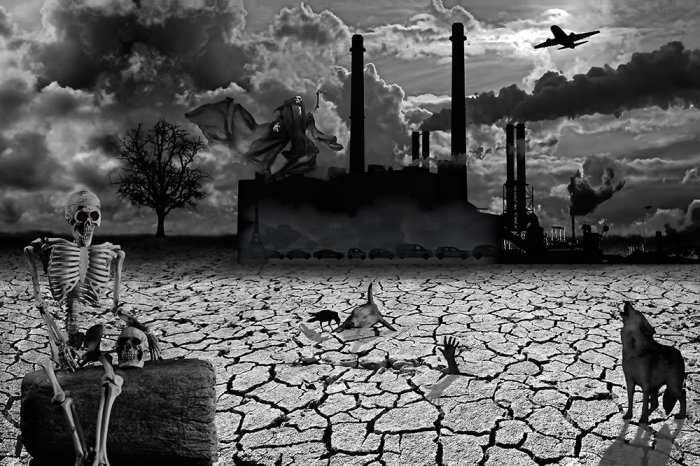 |
|
Bernard Sabri exposera au Grand Palais, Salon des Indépendants, dans le cadre d'ART CAPITAL, sous le parrainage du ministère de la Culture : Bernard est un artiste de la photographie numérique. Il explore la photographie par des techniques modernes afin de faire partager ses émotions de l'univers de l'art numérique, où le virtuel et le réel fusionnent, à travers d'œuvres exprimant sa profonde sensibilité à cette récente forme de l’art contemporain. À travers 4 de ses photocompositions, Bernard s'est engagé dans la lutte contre le réchauffement climatique et œuvre, à sa manière, pour une transition vers une société bas-carbone. Il est persuadé que malgré les promesses des États lors de la COP21, qui a marqué le début d'une nouvelle ère, c’est l’engagement de la société civile, des citoyens, des collectivités et des entreprises qui jouera un rôle majeur qui permettra ainsi d’enclencher le «virage climatique». La finalité de son travail est de « vous » faire partager, par ses œuvres, ses émotions de l'univers de l'art numérique. |


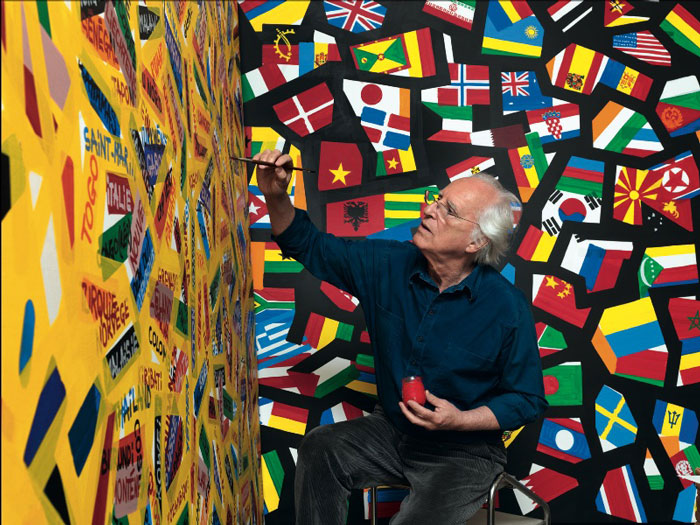

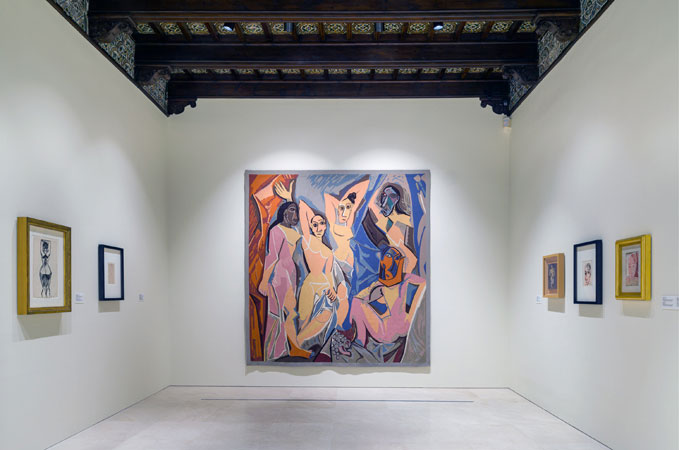
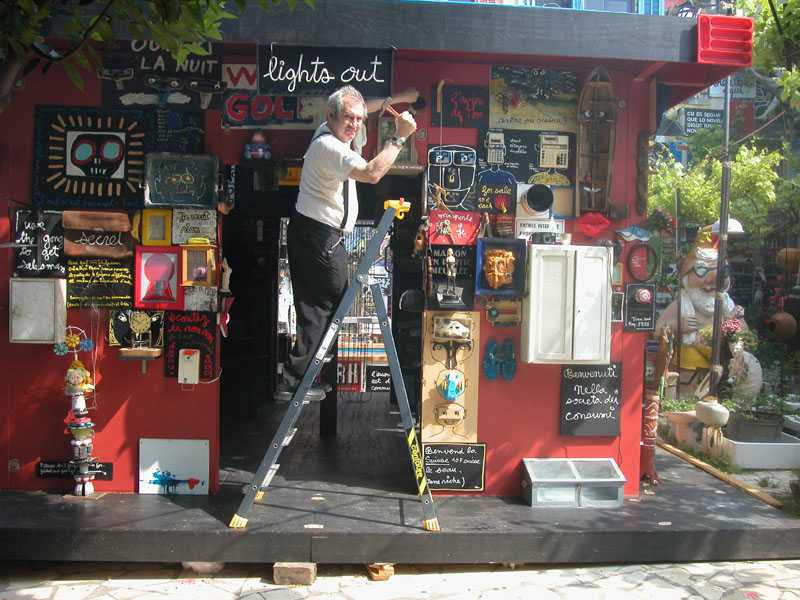
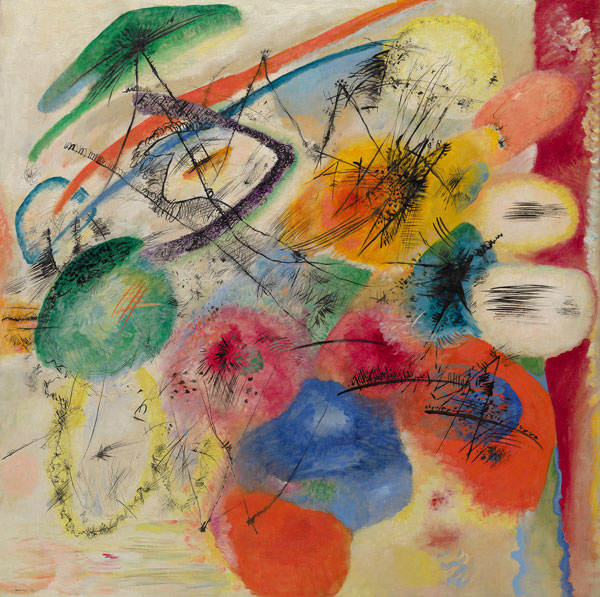

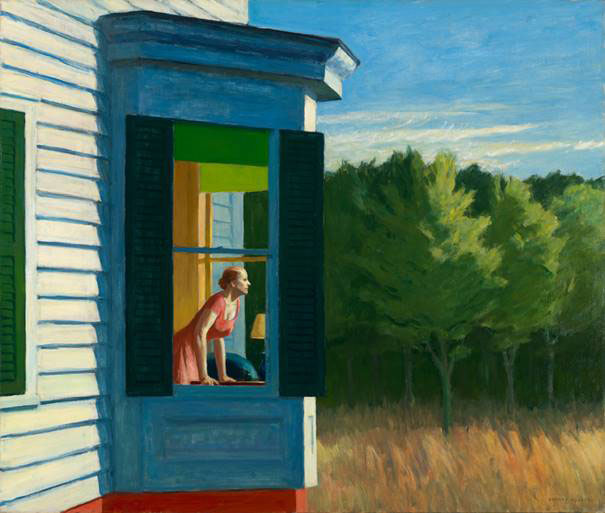

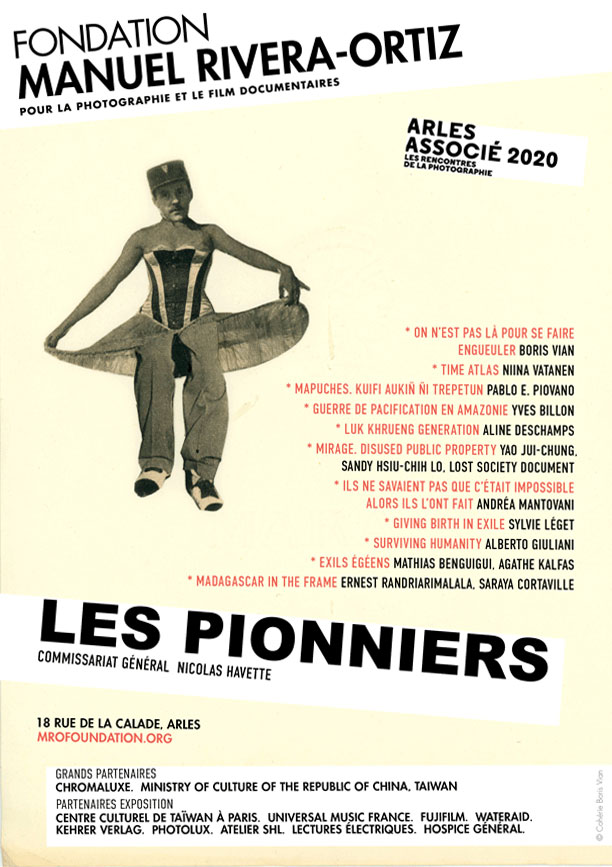
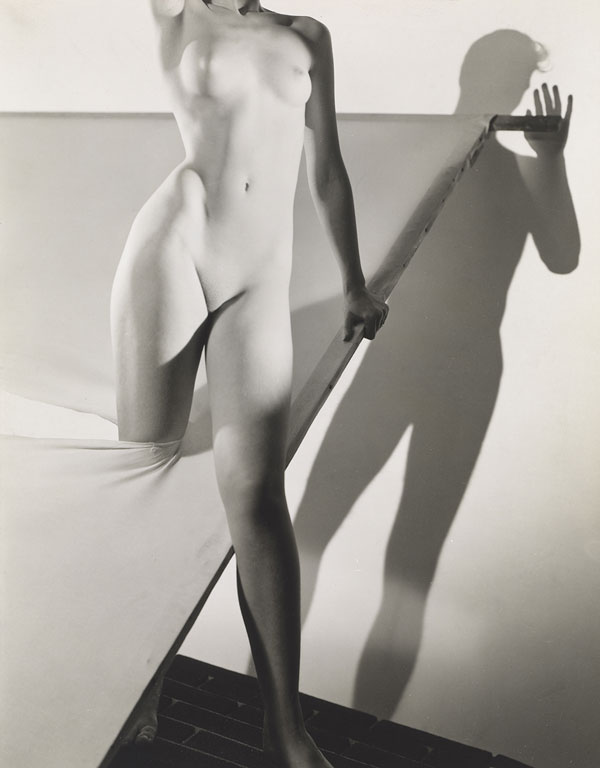

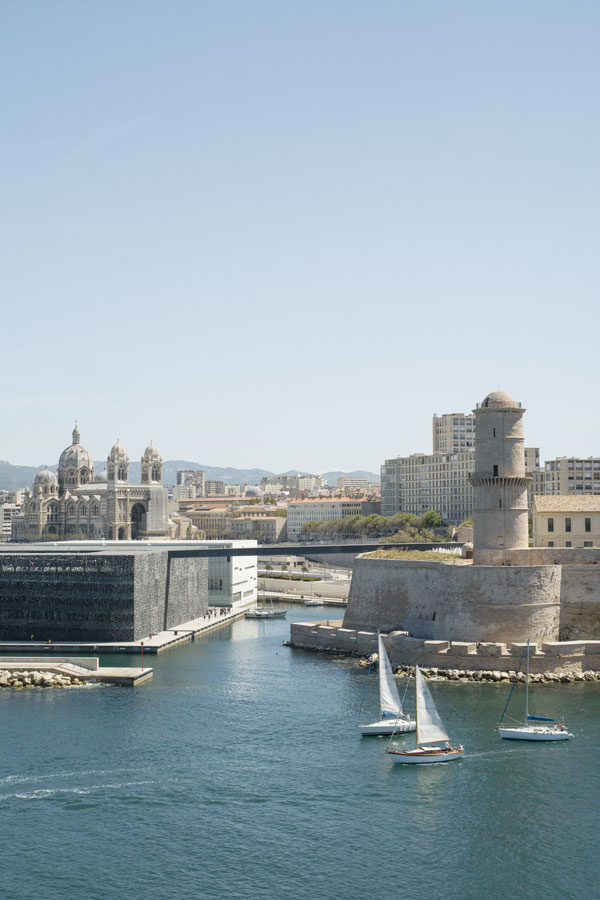

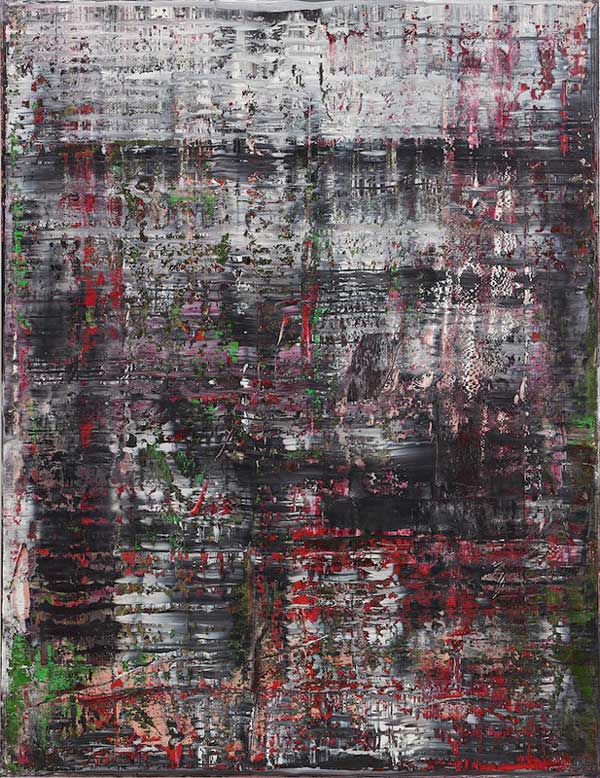
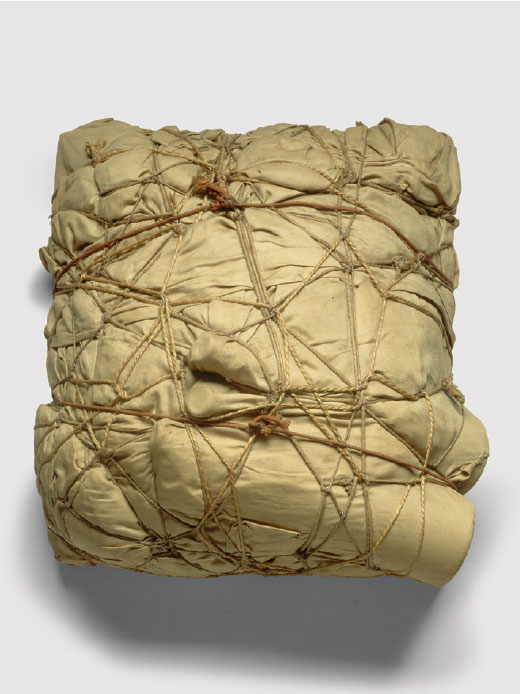
![Mur provisoire de tonneaux métalliques – Le Rideau de fer, rue Visconti, Paris, 27 juin 1962 [Temporary Wall of Oil Barrels – The Iron Curtain, Rue Visconti, Paris, 27 June 1962] © Christo 1962 Photo © Jean-Dominique Lajoux](/cache/images/stories/musees/centre_pompidou/christo_c_pompidou1_400x405-equal.jpg)
